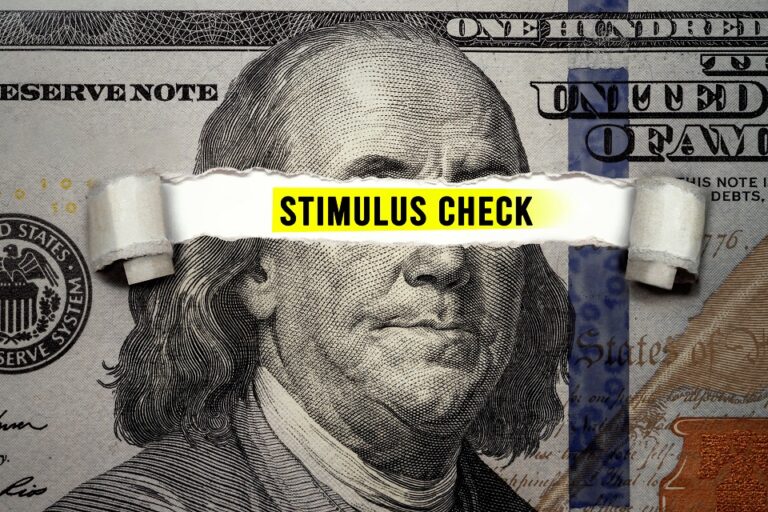3. Look for Other Investment Strategies That Will Grow Tax-free in the Future

Remember that tax-free buckets investment strategies will allow you to pass assets to your heirs when you die, they will allow you to take tax-free money out during retirement and they will help you save, invest and grow your money for your nest egg without paying taxes.
These are the things you want to look out for and use going forward, right? Tax-free buckets that allow you all three of the previously mentioned benefits are what you should be focusing on.
Life Insurance Retirement Plans
The number of Life Insurance Retirement Plans, also known as LIRPs will skyrocket in the following years if not even months! Some analysts have even claimed that they will become the most frequently used savings vehicle for people under the age of 60. Here’s why!
They can provide a stream of tax-free income in retirement not too different from the one provided by a Roth IRA. With no contribution limits, you can chuck as much money at them as you can and want. You also won’t incur and penalties if you want to access your funds before you even turn 59½ and you won’t even have to pay any taxes!
If you’ve accessed funds early you’ll even be given a chance to pay the money back so it may continue to grow tax-free for later.
The only “downside” is that you have to meet financial and medical qualifications. If you don’t qualify you’ll have to go back and search for other viable options. Also, remember that LIRPs will put a cap on potential gains despite protecting us against marker loss.
Health Savings Accounts
Health Savings Accounts, also known as HSAs are equally good options if you wish to save for medical expenses which may be more likely to come up during retirement. Contributions are tax-free, the growth is tax-free and you’ll also get tax-free qualifies withdrawals.
Once you turn 65 you may use your HSA to pay for Medicare Part B and Medicare Advantage plans, a portion of long-term care insurance premiums, prescribed drugs, vision care, and dental. If you want to name your spouse your beneficiary the transfer on death will also be tax-free.
Roth 401(k)s and Roth IRAs
And since we’ve mentioned them twice already, now’s a good time to get into the nitty-gritty of Roth variants of 401(k) and IRA plans.
You can contribute up to $19,500 per year towards a Roth 401(k) or $26,000 per year if you’re 50 or older thanks to catching up contributions. Just keep in mind that these may not be available to many workers. If they are, watch out for the fact that they may limit your investment options.
If you want to withdraw money before you turn 59½ or before five years of it being in the account you will have to suffer a penalty.
In terms of Roth IRAs you can contribute up to $6,000 a year or, alternatively, $7,000 a year if you are 50 or older. By going this route you will pay taxes on the money you contribute. High-income earners cannot access these types of accounts.
Similarly to the Roth 401(k) plan, you will be penalized if you attempt to withdraw money before you turn 59½. The money won’t be available without a penalty until five years after contributing or converting it from a traditional IRA or 401(k).
Changes in the way taxes work will inevitably change the way you should think about your retirement funds. Start preparing for these shifts now!




